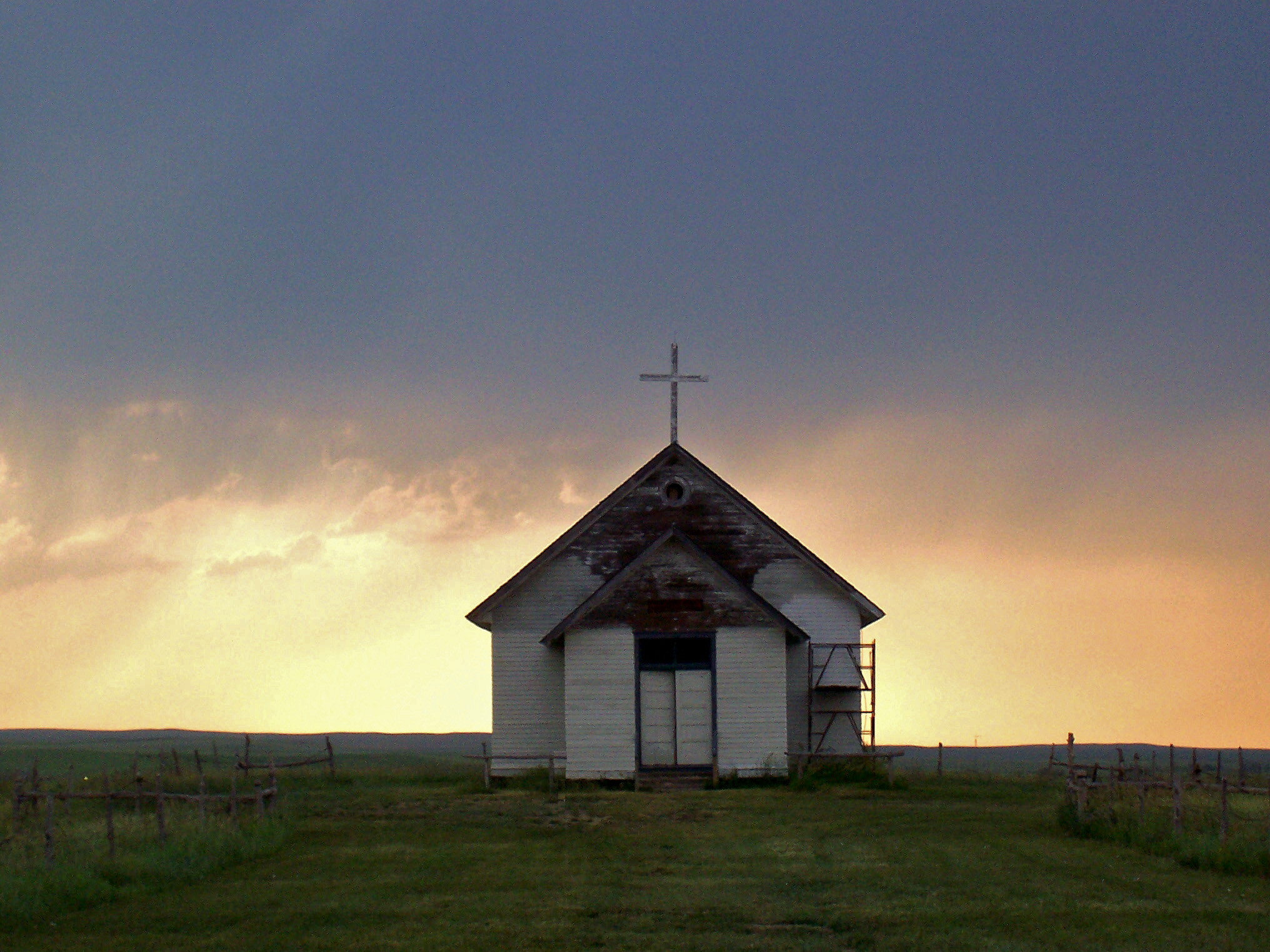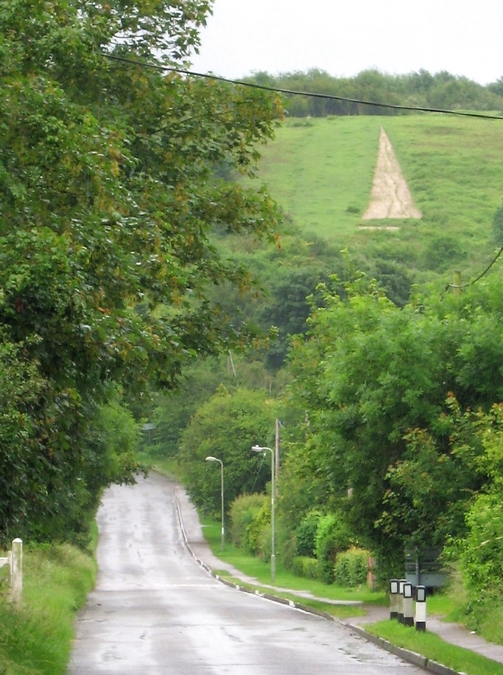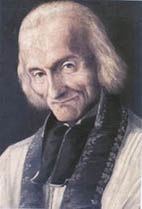|
Arthur Lloyd (bishop)
Arthur Thomas Lloyd (13 December 184429 May 1907) was an Anglican bishop. He served as Bishop of Thetford ( suffragan bishop to the Bishop of Norwich, 1894–1903) and as Bishop of Newcastle (1903–1907). Family and education The son of Henry W. Lloyd, vicar of Cholsey, and Georgiana Etough, and a brother to F. C. Lloyd (who became vicar of Cholsey, 1890–1895, and later vicar of Kew, Surrey), Arthur was educated at Magdalen School and St Edmund Hall, Oxford. Priest Ordained a priest by Samuel Wilberforce, Bishop of Oxford, on 21 February 1869 at St Luke's Maidenhead, his first post was as his father's curate at Cholsey (1868–1873), his second was curate-in-charge of Watlington, Oxfordshire (1873–1876), from where he moved to become vicar of Aylesbury (1876–1882). After some time as the first vicar of Newcastle upon Tyne after the parish church became Newcastle Cathedral (he was also an honorary canon and rural dean), he was appointed to be vicar of North Creak ... [...More Info...] [...Related Items...] OR: [Wikipedia] [Google] [Baidu] |
The Right Reverend
The Right Reverend (abbreviated The Rt Revd, The Rt Rev'd, The Rt Rev.) is a style (manner of address), style applied to certain religion, religious figures. Overview *In the Anglican Communion and the Roman Catholicism in the United Kingdom, Catholic Church in Great Britain, it applies to bishops, except that ''The Most Reverend'' is used for archbishops (elsewhere, all Roman Catholic Church, Catholic bishops are styled as ''The Most Reverend''). *In some churches with a Presbyterian heritage, it applies to the current Moderator of the General Assembly, such as **the current Moderator of the United Church of Canada (if the moderator is an ordained minister; laypeople may be elected moderator, but are not styled Right Reverend) **the current Moderator of the Presbyterian Church in Ireland **the current Moderator of the General Assembly of the Church of Scotland **the current Moderator of the Presbyterian Church of East Africa **the current Moderator of Presbyterian Church of G ... [...More Info...] [...Related Items...] OR: [Wikipedia] [Google] [Baidu] |
Anglican
Anglicanism is a Western Christian tradition that has developed from the practices, liturgy, and identity of the Church of England following the English Reformation, in the context of the Protestant Reformation in Europe. It is one of the largest branches of Christianity, with around 110 million adherents worldwide . Adherents of Anglicanism are called ''Anglicans''; they are also called ''Episcopalians'' in some countries. The majority of Anglicans are members of national or regional ecclesiastical provinces of the international Anglican Communion, which forms the third-largest Christian communion in the world, after the Roman Catholic Church and the Eastern Orthodox Church. These provinces are in full communion with the See of Canterbury and thus with the Archbishop of Canterbury, whom the communion refers to as its ''primus inter pares'' (Latin, 'first among equals'). The Archbishop calls the decennial Lambeth Conference, chairs the meeting of primates, and is ... [...More Info...] [...Related Items...] OR: [Wikipedia] [Google] [Baidu] |
North Creake
North Creake is a village and civil parish in the north west of the English county of Norfolk. It covers an area of and had a population of 414 in 184 households at the 2001 census, reducing to 386 at the 2011 Census. For the purposes of local government, it falls within the district of King's Lynn and West Norfolk. The parish shares boundaries with the adjacent parishes of Burnham Market, Burnham Thorpe, Holkham, Walsingham, South Creake, Barwick and Stanhoe. The village lies south of Burnham Market and about from the north Norfolk coast. further south is the twin village of South Creake.Ordnance Survey (2002). ''OS Explorer Map 251 - Norfolk Coast Central''. . The village lies on the River Burn, which flows through the centre of the village. to the north of the village along the river lies the ruined Creake Abbey. The village itself musters a church, a public house and a post office. Most of the agricultural land surrounding the village, and many of the village hous ... [...More Info...] [...Related Items...] OR: [Wikipedia] [Google] [Baidu] |
Rural Dean
In the Roman Catholic Church and the Anglican Communion as well as some Lutheran denominations, a rural dean is a member of clergy who presides over a "rural deanery" (often referred to as a deanery); "ruridecanal" is the corresponding adjective. In some Church of England dioceses rural deans have been formally renamed as area deans. Origins The title "dean" (Latin ''decanus'') may derive from the custom of dividing a hundred into ten tithings, not least as rural deaneries originally corresponded with wapentakes, hundreds, commotes or cantrefi in Wales. Many rural deaneries retain these ancient names.Cross, F. L., ed. (1957) ''The Oxford Dictionary of the Christian Church''. London: Oxford University Press; p. 1188. The first mention of rural deans comes from a law made by Edward the Confessor, which refers to the rural dean being appointed by the bishop "to have the inspection of clergy and people from within the district to which he was incumbent... to which end ehad po ... [...More Info...] [...Related Items...] OR: [Wikipedia] [Google] [Baidu] |
Honorary Canon
A canon (from the Latin , itself derived from the Greek , , "relating to a rule", "regular") is a member of certain bodies in subject to an ecclesiastical rule. Originally, a canon was a cleric living with others in a clergy house or, later, in one of the houses within the precinct of or close to a cathedral or other major church and conducting his life according to the customary discipline or rules of the church. This way of life grew common (and is first documented) in the 8th century AD. In the 11th century, some churches required clergy thus living together to adopt the rule first proposed by Saint Augustine that they renounce private wealth. Those who embraced this change were known as Augustinians or Canons Regular, whilst those who did not were known as secular canons. Secular canons Latin Church In the Latin Church, the members of the chapter of a cathedral ( cathedral chapter) or of a collegiate church (so-called after their chapter) are canons. Depending on the titl ... [...More Info...] [...Related Items...] OR: [Wikipedia] [Google] [Baidu] |
Newcastle Upon Tyne
Newcastle upon Tyne ( RP: , ), or simply Newcastle, is a city and metropolitan borough in Tyne and Wear, England. The city is located on the River Tyne's northern bank and forms the largest part of the Tyneside built-up area. Newcastle is also the most populous city of North East England. Newcastle developed around a Roman settlement called Pons Aelius and the settlement later took the name of a castle built in 1080 by William the Conqueror's eldest son, Robert Curthose. Historically, the city’s economy was dependent on its port and in particular, its status as one of the world's largest ship building and repair centres. Today, the city's economy is diverse with major economic output in science, finance, retail, education, tourism, and nightlife. Newcastle is one of the UK Core Cities, as well as part of the Eurocities network. Famous landmarks in Newcastle include the Tyne Bridge; the Swing Bridge; Newcastle Castle; St Thomas’ Church; Grainger Town includin ... [...More Info...] [...Related Items...] OR: [Wikipedia] [Google] [Baidu] |
Vicars Of The Parish Church Of St
A vicar (; Latin: ''vicarius'') is a representative, deputy or substitute; anyone acting "in the person of" or agent for a superior (compare "vicarious" in the sense of "at second hand"). Linguistically, ''vicar'' is cognate with the English prefix "vice", similarly meaning "deputy". The title appears in a number of Christian ecclesiastical contexts, but also as an administrative title, or title modifier, in the Roman Empire. In addition, in the Holy Roman Empire a local representative of the emperor, perhaps an archduke, might be styled "vicar". Roman Catholic Church The Pope uses the title ''Vicarius Christi'', meaning the ''vicar of Christ''. In Catholic canon law, ''a vicar is the representative of any ecclesiastic'' entity. The Romans had used the term to describe officials subordinate to the praetorian prefects. In the early Christian churches, bishops likewise had their vicars, such as the archdeacons and archpriests, and also the rural priest, the curate who had the ''c ... [...More Info...] [...Related Items...] OR: [Wikipedia] [Google] [Baidu] |
Watlington, Oxfordshire
Watlington is a small market town and Civil parishes in England, civil parish about south of Thame in Oxfordshire, near the county's eastern edge and less than from its border with Buckinghamshire. The parish includes the Hamlet (place), hamlets of Christmas Common, Greenfield and Howe Hill, all of which are in the Chiltern Hills. The United Kingdom Census 2011, 2011 Census recorded the parish's population as 2,727. History The Watlington area is likely to have been settled at an early date, encouraged by the proximity of the Icknield Way. The Toponymy, toponym means "settlement of Waeclingas, Waecel's people" and indicates occupation from around the 6th century. A 9th-century charter by Æthelred, Ealdorman of Mercia, Æthelred of Mercia records eight 'manses' or major dwellings in Watlington. The Domesday Book of 1086 referred to the town as ''Watelintone'' or ''Watelintune''. Medieval documents indicate that the modern street plan was in existence in the 14th century, as ' ... [...More Info...] [...Related Items...] OR: [Wikipedia] [Google] [Baidu] |
Cholsey
Cholsey is a village and civil parish south of Wallingford in South Oxfordshire. In 1974 it was transferred from Berkshire to Oxfordshire, and from Wallingford Rural District to the district of South Oxfordshire. The 2011 Census recorded Cholsey's parish population as 3,457. Cholsey's parish boundaries, some long, reach from the edge of Wallingford into the Berkshire Downs. The village green is called "The Forty" and has a substantial and ancient walnut tree. Winterbrook was historically at the north end of the parish adjoining Wallingford and became part of Wallingford parish (run by its Town Council) in 2015. Winterbrook Bridge, which carries a by-pass road across the River Thames, is in the parish. Cholsey was one of the two main homes of the late author Dame Agatha Christie (the other being the village of Galmpton on the south Devon coast). John Masefield, poet laureate, lived at Lollingdon Farm in Cholsey from 1915 to 1917. History A Bronze Age site has been found ... [...More Info...] [...Related Items...] OR: [Wikipedia] [Google] [Baidu] |
Curate
A curate () is a person who is invested with the ''care'' or ''cure'' (''cura'') ''of souls'' of a parish. In this sense, "curate" means a parish priest; but in English-speaking countries the term ''curate'' is commonly used to describe clergy who are assistants to the parish priest. The duties or office of a curate are called a curacy. Etymology and other terms The term is derived from the Latin ''curatus'' (compare Curator). In other languages, derivations from ''curatus'' may be used differently. In French, the ''curé'' is the chief priest (assisted by a ''vicaire'') of a parish, as is the Italian ''curato'', the Spanish ''cura'', and the Filipino term ''kura paróko'' (which almost always refers to the parish priest), which is derived from Spanish. Catholic Church In the Catholic Church, the English word "curate" is used for a priest assigned to a parish in a position subordinate to that of the parish priest. The parish priest (or often, in the United States, the "pas ... [...More Info...] [...Related Items...] OR: [Wikipedia] [Google] [Baidu] |
Maidenhead
Maidenhead is a market town in the Royal Borough of Windsor and Maidenhead in the county of Berkshire, England, on the southwestern bank of the River Thames. It had an estimated population of 70,374 and forms part of the border with southern Buckinghamshire. The town is situated west of Charing Cross, London and east-northeast of the county town of Reading. The town differs from the Parliamentary constituency of Maidenhead, which includes a number of outer suburbs and villages (including parts of Wokingham and Reading) such as Twyford, Charvil, Remenham, Ruscombe and Wargrave. History The antiquary John Leland claimed that the area around Maidenhead's present town centre was a small Roman settlement called Alaunodunum. He stated that it had all but disappeared by the end of the Roman occupation. Although his source is unknown, there is documented and physical evidence of Roman settlement in the town. There are two well known villa sites in the town, one being in the sub ... [...More Info...] [...Related Items...] OR: [Wikipedia] [Google] [Baidu] |
Bishop Of Oxford
The Bishop of Oxford is the diocesan bishop of the Church of England Diocese of Oxford in the Province of Canterbury; his seat is at Christ Church Cathedral, Oxford. The current bishop is Steven Croft, following the confirmation of his election to the See on 6 July 2016.Diocese of Oxford — Legal ceremony brings Bishop Steven a step closer & Diocese of Oxford — Letter from Bishop Steven (Both Retrieved 8 July 2016) The Bishop of Oxford has authority throughout the diocese, but also has primary responsibility for the city and suburbs of Oxford, which form the Archdeaconry of ... [...More Info...] [...Related Items...] OR: [Wikipedia] [Google] [Baidu] |








